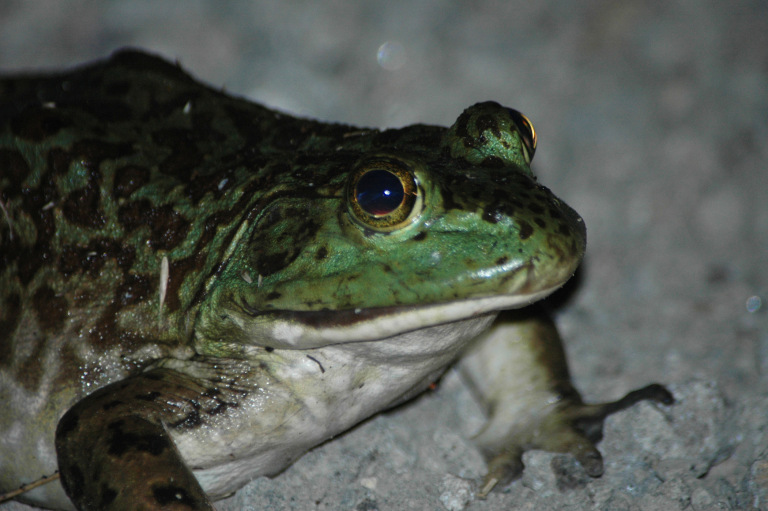Using a dinosaur blind for waterfowl hunting?

by Carrie Wilson
11-24-2016
Website
Question: I realize this may sound like a really dumb question or a joke, but I’m honestly being serious. Can I make a plywood cutout of a dinosaur to hide behind so that I can better sneak up on waterfowl? I recently heard about using a plywood cutout of a cow as a way to approach ducks and geese. However, I then saw that this is illegal in California because hunters are not allowed to use something that looks like a mammal to approach waterfowl. Dinosaurs aren’t mammals though so I don’t see why this wouldn’t work, but I just wanted to ask. (Sydney M.)
Answer: Fish and Game Code, section 3502, which is derived from a provision of the Penal Code dating to 1909, prohibits using “any mammal (except a dog) or an imitation of a mammal as a blind in approaching or taking game birds.” Since dinosaurs are not mammals, you will be ok as long as your blind can’t be confused with a mammal.
Is a SUP considered a vessel?
Question: Is a stand-up-paddle (SUP) board considered a vessel when used in the taking of abalone? I ask because I’m wondering if I have to fill out my abalone tag on my SUP before coming to shore. (Jonathan W.)
Answer: No, you may wait until you come ashore to tag and fill out your abalone report card. Although California Code of Regulations Title 14, section 29.16(b)(1) requires that people taking abalone “shall tag any red abalone either immediately upon exiting the water or immediately upon boarding a vessel, whichever occurs first,” it also provides that people “who dive from a non-motorized vessel such as a kayak that is in the water may wait until immediately after disembarking from the non-motorized vessel to tag and record any abalone in possession.”
Still confused about antibiotics in stocked fish
Question: I just read with interest in the Modesto Bee your answer to the question about antibiotics in stocked fish. The answer doesn’t make sense to me. First, you say that hatchery fish are treated with antibiotics when necessary to save their lives and it is done on an as-needed basis. Knowing that hatchery fish number in the tens of thousands, and no individual fish would be pulled out and antibiotics delivered to just those fish, you must be saying, yes, they are treated, right? And then you finish the answer with “none of the stocked fish have antibiotics.” Huh? (Barbara S.)
Answer: Sorry for any confusion. When the fish need to be treated with antibiotics, then they are treated as a group since most ailments would be ones that would affect them all. Antibiotics are only used when necessary to save lives, and there is a good chance that none of the fish raised during a growing cycle were ever treated with antibiotics at all.
Prior to the Federal Drug Administration (FDA) approving (registering) any antibiotics for use in food fish, they set withdrawal times to ensure public safely. Withdrawal times are meant to guarantee that residual antibiotics are either non-detectable, or lower than the FDA’s acceptable limits, prior to the fish being released.
Once all treatments are finished, the fish are held for the required time for the chemicals to work their way out of their bodies. Only after this time can those fish finally be planted and available for human consumption.
Some other agricultural industries have been criticized for using antibiotics as a growth aid. We don’t do that for the fish we supply to our anglers.
Sport fishing on a commercial crab boat?
Question: Can commercial boats sport fish for Dungeness crab during the sport season when the commercial season is closed? (Anonymous)
Answer: Yes, if the commercial vessel is not engaged in any commercial activity (FGC, section 7856(f)), the commercial vessel does not hold a Dungeness crab vessel permit (CCR Title 14, section 132.1(a)), and everyone taking crab or fishing onboard has a sport fishing license and is following sport fishing regulations.
Carrie Wilson is a marine environmental scientist with the California Department of Fish and Wildlife. While she cannot personally answer everyone’s questions, she will select a few to answer each week in this column. Please contact her at CalOutdoors@wildlife.ca.gov.


